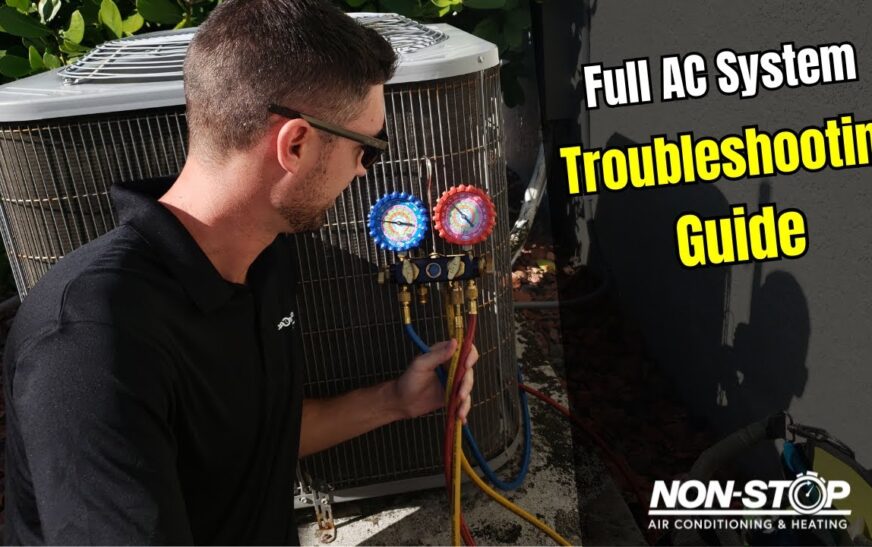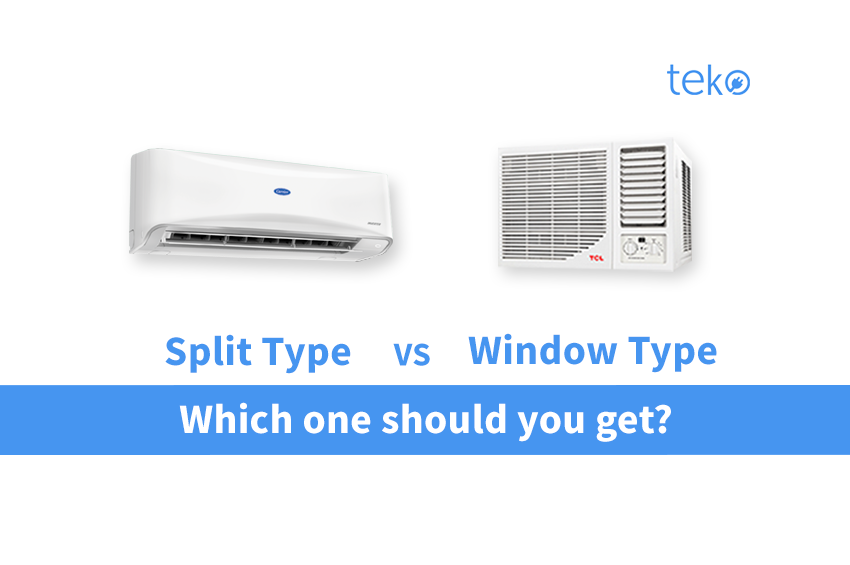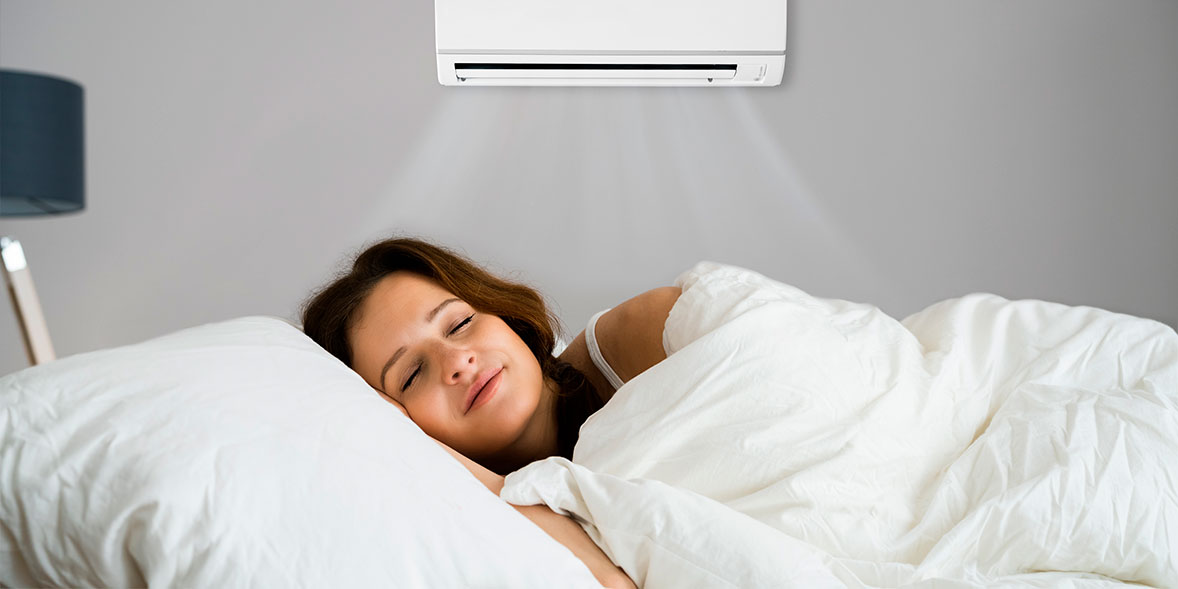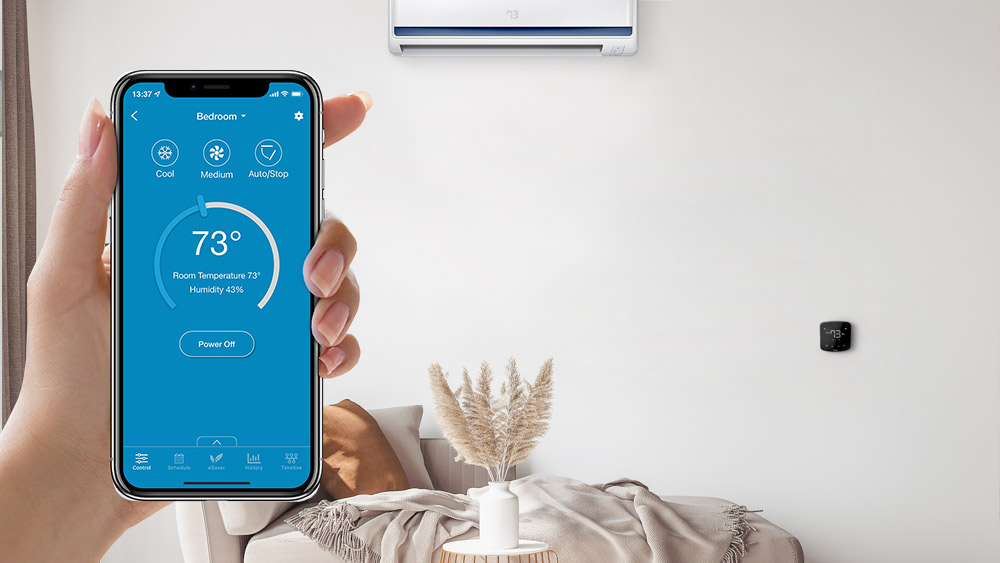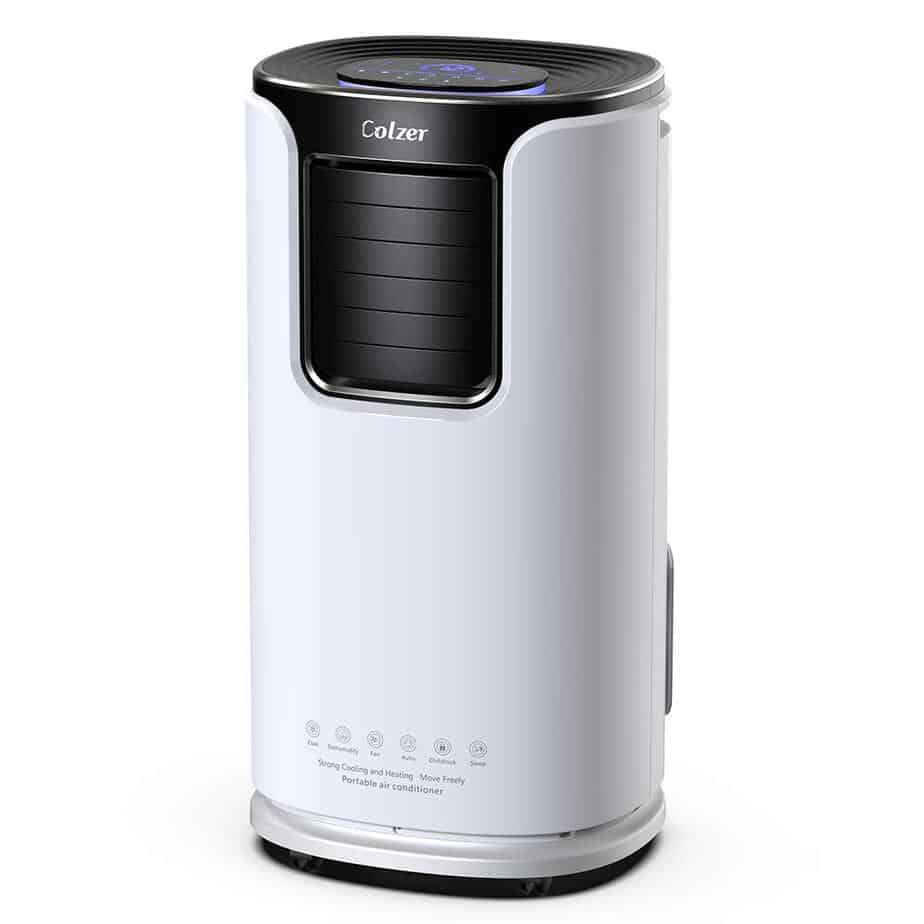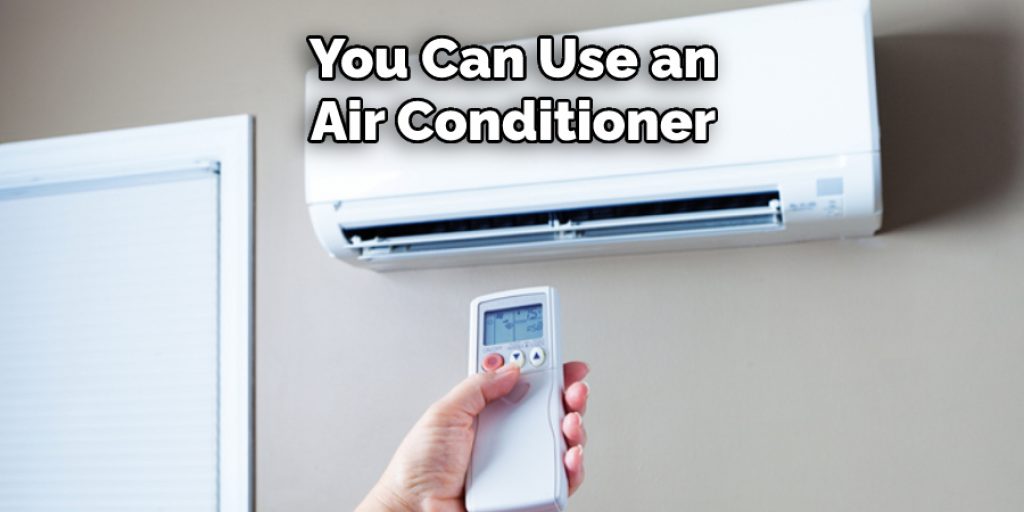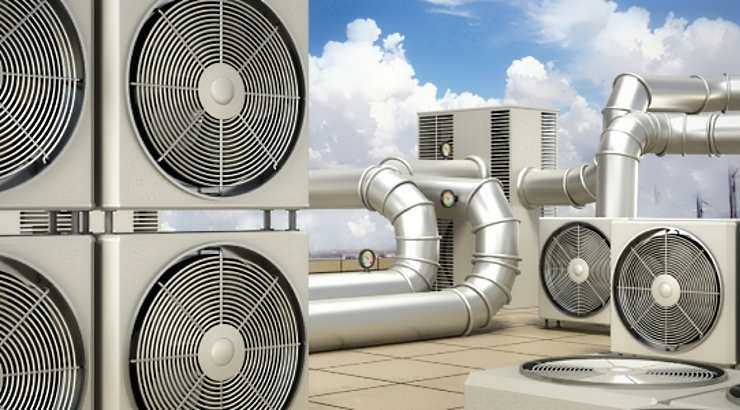Delve into the world of air conditioner troubleshooting with this comprehensive guide tailored for beginners. From unraveling common issues to understanding essential safety precautions, this guide will equip you with the knowledge needed to tackle air conditioner problems effectively.
Uncover the key components of air conditioners, learn how to identify and address common problems, and discover maintenance tips to keep your unit running smoothly. Let's explore the ins and outs of air conditioner troubleshooting together.
Introduction to Air Conditioner Troubleshooting
When it comes to air conditioner troubleshooting, beginners may find themselves facing various issues that can disrupt the cooling performance of their units. This guide aims to provide a basic understanding of troubleshooting techniques to help individuals identify and potentially resolve common problems with their air conditioners.
Importance of Troubleshooting
Troubleshooting air conditioners is essential to ensure optimal performance and efficiency. By identifying and addressing issues early on, users can prevent more significant problems from arising and potentially save on costly repairs or replacements.
Common Issues for Beginners
- Incorrect thermostat settings: Setting the thermostat too high or too low can lead to inadequate cooling or excessive energy consumption.
- Clogged filters: Dirty filters can restrict airflow, reducing the efficiency of the air conditioner and affecting air quality.
- Refrigerant leaks: Low refrigerant levels can impact cooling capacity and potentially damage the compressor.
- Frozen coils: Restricted airflow or low refrigerant levels can cause the evaporator coils to freeze, hindering the cooling process.
Safety Precautions
Before attempting to troubleshoot an air conditioner, it is crucial to prioritize safety measures to prevent accidents and injuries. Air conditioning units contain electrical components and refrigerants that can pose serious risks if mishandled. Here are essential safety precautions to consider:
Turn Off Power
Always ensure the power to the air conditioner is turned off before starting any troubleshooting or maintenance tasks. This will prevent the risk of electric shock or injury.
Use Personal Protective Equipment
Wear appropriate personal protective equipment, such as gloves and safety goggles, to protect yourself from potential hazards like sharp edges, electrical components, or refrigerant leaks.
Avoid Contact with Refrigerants
Refrigerants used in air conditioners can be harmful if inhaled or come into contact with the skin. Never attempt to handle or repair refrigerant leaks without proper training and equipment.
Keep Area Ventilated
When working on an air conditioner, ensure the area is well-ventilated to prevent the buildup of fumes or gases. This will help maintain a safe working environment.
Follow Manufacturer's Instructions
Always refer to the manufacturer's instructions and guidelines for troubleshooting and maintenance. Following the recommended procedures will help avoid unnecessary risks and ensure the proper functioning of the unit.
Seek Professional Help
If you are unsure about any troubleshooting steps or encounter complex issues, it is best to seek assistance from a qualified technician. Attempting advanced repairs without the necessary expertise can lead to further damage or safety hazards.
Inspect Cords and Connections
Before handling any electrical components, inspect cords and connections for signs of damage or wear. Replace any frayed wires or faulty connections to prevent electrical hazards.
Keep Children and Pets Away
To avoid accidents, keep children and pets away from the area where you are troubleshooting the air conditioner. This will prevent them from coming into contact with hazardous materials or getting in the way of your work.
Properly Dispose of Waste
Dispose of any waste materials, such as old parts or refrigerants, properly according to local regulations. Improper disposal can harm the environment and pose risks to others.
Basic Understanding of Air Conditioner Components
Before diving into troubleshooting, it's essential to have a basic understanding of the key components that make up an air conditioner. Knowing these components will help you identify potential issues and communicate effectively with professionals if needed.
Now, let's break down the main components of an air conditioner and their functions:
1. Compressor
- The compressor is like the heart of the air conditioning system, responsible for circulating refrigerant throughout the unit.
- It compresses the low-pressure, low-temperature gas from the evaporator coil into a high-pressure, high-temperature gas.
- This process is crucial for heat exchange and cooling the air inside your space.
2. Evaporator Coil
- The evaporator coil is where the refrigerant absorbs heat from the indoor air, cooling it down in the process.
- As the warm air passes over the coil, the refrigerant evaporates and draws heat from the air, resulting in cool air being circulated back into the room.
- This component plays a vital role in the cooling process of the air conditioner.
3. Condenser Coil
- The condenser coil is responsible for releasing the heat absorbed from the indoor air into the outside environment.
- It helps in dissipating the heat collected by the refrigerant and preparing it to cool down again in the evaporator coil.
- Proper airflow over the condenser coil is essential for efficient cooling performance.
4. Refrigerant Lines
- Refrigerant lines are the pathways through which the refrigerant travels between the indoor and outdoor units of the air conditioner.
- These lines transport the refrigerant in its liquid or gaseous state, depending on the stage of the cooling cycle.
- Ensuring the refrigerant lines are free of leaks is crucial for maintaining optimal cooling efficiency.
5. Thermostat
- The thermostat serves as the control center of the air conditioner, allowing you to set and regulate the desired temperature in your space.
- It communicates with the other components to maintain the set temperature and control the operation of the system.
- A malfunctioning thermostat can lead to temperature inconsistencies and inefficient cooling.
Common Air Conditioner Problems
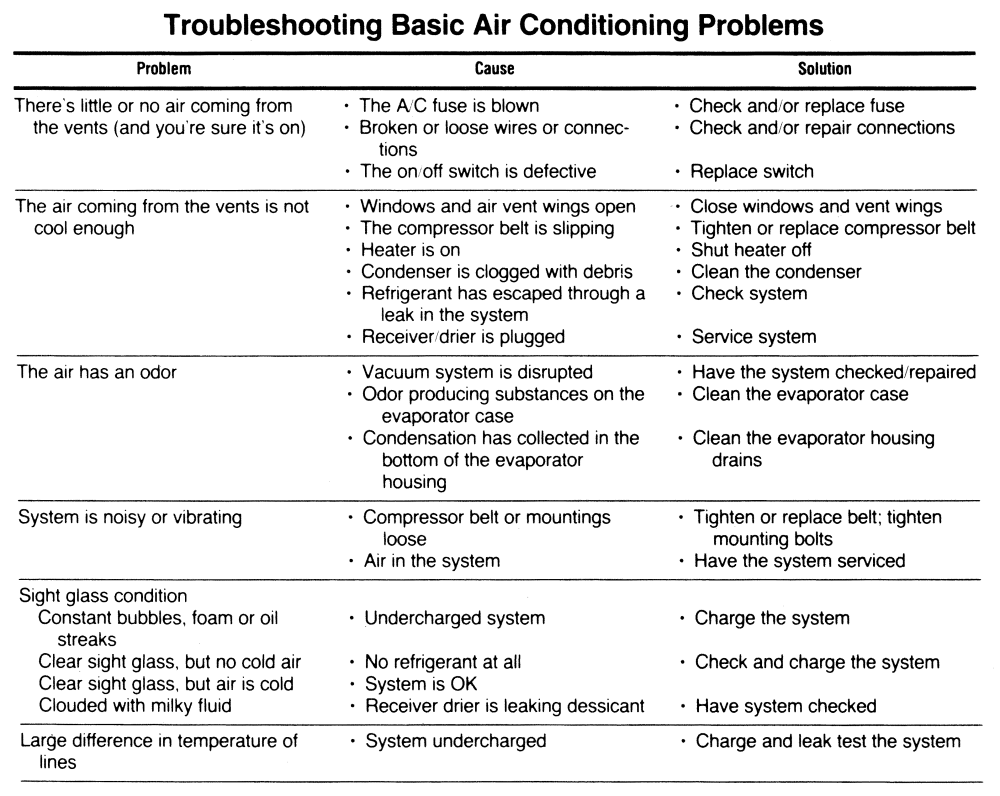
As a beginner troubleshooting your air conditioner, it's important to be aware of common issues that may arise. By understanding the symptoms and potential causes of these problems, you can effectively address them and ensure your air conditioner functions properly.
Not Cooling
If your air conditioner is running but not cooling your space, it could indicate a problem with the compressor or low refrigerant levels. You may also have a dirty air filter or blocked vents restricting airflow.
Strange Noises
Unusual noises coming from your air conditioner, such as grinding, squealing, or banging sounds, could be a sign of a faulty motor or loose components. It may also indicate debris or foreign objects stuck in the unit.
Water Leaks
Finding water leaks around your air conditioner can be a result of a clogged condensate drain line or a frozen evaporator coil. It could also be due to improper installation or a refrigerant leak.
Intermittent Cycling
If your air conditioner frequently turns on and off, known as short cycling, it could be caused by a dirty air filter, thermostat issues, or an oversized unit. This can lead to inefficiency and increased wear on the system.
Step-by-Step Troubleshooting Guide
When your air conditioner is not functioning correctly, it can be frustrating. However, with a step-by-step troubleshooting guide, you can identify common problems and potentially resolve them on your own. Below are detailed steps on how to troubleshoot your air conditioner effectively.
Check Power Supply
- Make sure the air conditioner is plugged in and the power source is working.
- Check the circuit breaker to ensure it has not tripped.
- Inspect the power cord for any damage.
Thermostat Settings
- Ensure the thermostat is set to 'cool' and the temperature is lower than the room temperature.
- Replace the batteries in the thermostat if necessary.
- Calibrate the thermostat to ensure accurate temperature readings.
Clean or Replace Air Filters
- Dirty air filters can restrict airflow and reduce cooling efficiency.
- Inspect and clean the filters regularly, or replace them if they are old or damaged.
- Improperly maintained filters can lead to ice buildup on the coils and reduced cooling capacity.
Check Air Ducts and Vents
- Ensure all air ducts are open and not blocked by furniture or other obstructions.
- Inspect vents for dust or debris buildup and clean them if necessary.
- Proper airflow is essential for efficient cooling, so ensure vents are clear and unobstructed.
Inspect Condenser Unit
- Check the condenser unit outside to ensure it is not blocked by debris or vegetation.
- Clean the condenser coils and fins to improve heat exchange efficiency.
- Trim any bushes or plants around the unit to allow for proper airflow.
When to Contact a Professional
- If you have followed these troubleshooting steps and your air conditioner still does not work, it may be time to contact a professional HVAC technician.
- Technicians have the expertise and tools to diagnose and repair complex issues with your air conditioner.
- Attempting to fix advanced problems without proper knowledge can lead to further damage or safety hazards.
Maintenance Tips for Preventing Future Issues
Regular maintenance is crucial for ensuring the longevity and efficiency of your air conditioner. By performing simple tasks on a regular basis, you can prevent future issues and extend the lifespan of your unit. Proper maintenance also helps in avoiding costly repairs and improves the overall performance of your air conditioner.
Maintenance Tasks for Beginners
- Regularly clean or replace air filters: Clogged filters restrict airflow and reduce efficiency. Clean or replace filters every 1-3 months.
- Clean the coils: Dirty coils can lead to inefficient cooling. Use a coil cleaner to remove dirt and debris from the evaporator and condenser coils.
- Check and straighten fins: Bent fins restrict airflow. Use a fin comb to straighten bent fins for better air circulation.
- Clean the condensate drain: A clogged drain can cause water damage. Use a mixture of bleach and water to clean the drain and prevent clogs.
- Inspect the ductwork: Leaky ducts can reduce efficiency. Seal any leaks with duct tape or mastic sealant to improve airflow.
Proper maintenance not only helps in preventing future issues but also ensures that your air conditioner operates at its best. By following these simple tasks, beginners can take care of their units and enjoy cool, comfortable air without any hassle.
Final Review

In conclusion, arming yourself with the knowledge in this guide will empower you to troubleshoot air conditioner issues with confidence. By understanding the components, common problems, and maintenance tips, you'll be well-prepared to keep your air conditioner in top shape.
Dive into the world of air conditioner troubleshooting and take control of your cooling needs today.
FAQ Explained
What are some common air conditioner problems beginners may face?
Common issues include inadequate cooling, strange noises, and malfunctioning thermostats.
Why is it important to understand the basic components of an air conditioner?
Understanding components helps in identifying issues and communicating effectively with professionals.
What safety precautions should beginners take before troubleshooting an air conditioner?
Turn off power, wear protective gear, and avoid touching electrical components.

